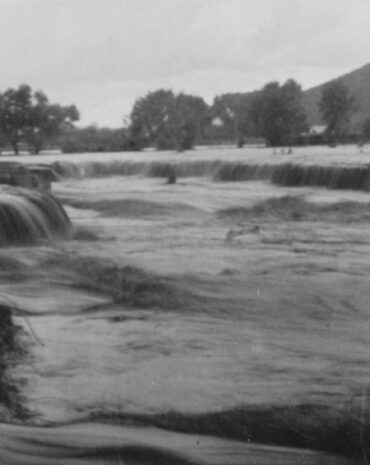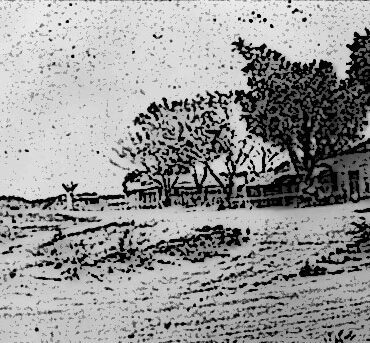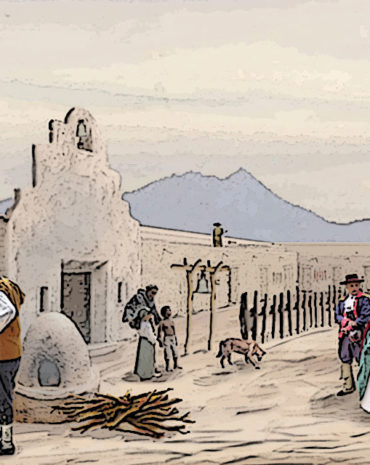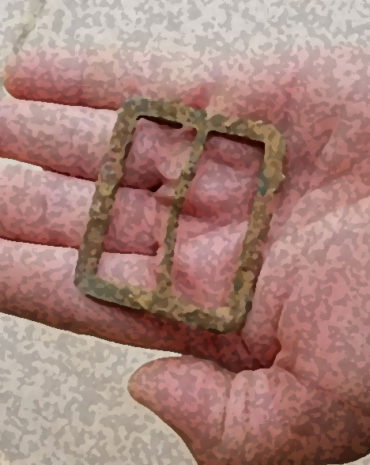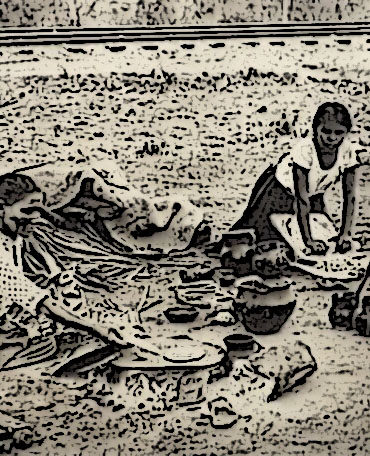 Jan 8
Jan 8Fireplaces, Ovens, Roasting Pits: Cooking at the Tucson Presidio
Residents of the Tucson Presidio farmed, raised livestock, and occasionally hunted. Food was plentiful in the late 18th and early 19th centuries, but cookstoves were not. Historical archaeologist Homer Thiel explores the other ways people found for applying fire to food in order to transform raw ingredients into meals. The…


